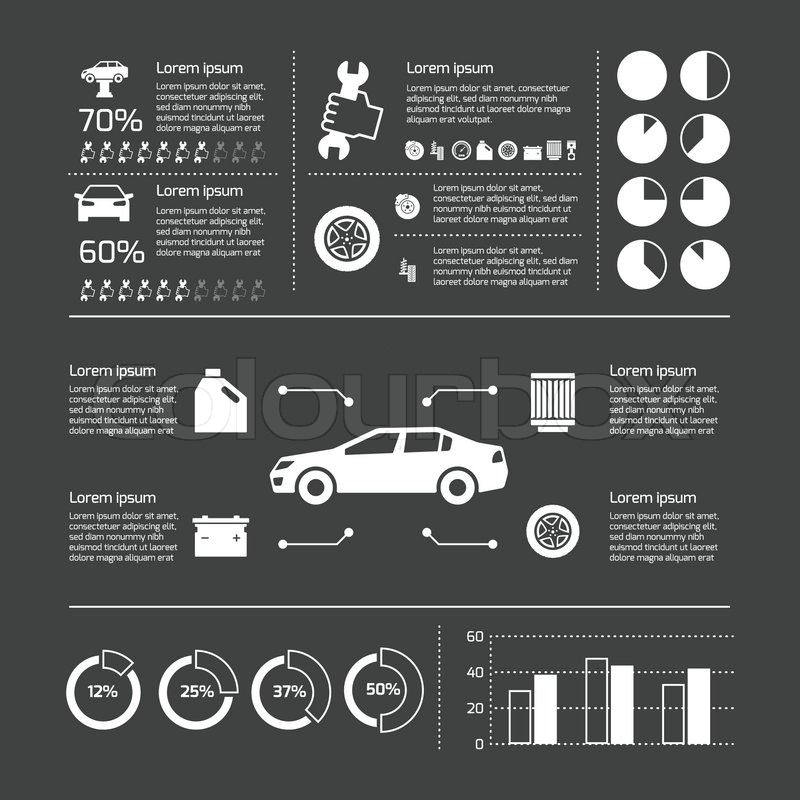Understanding Your Cars And Truck'S Warning Lights: What Do They Really Mean?
Understanding Your Cars And Truck'S Warning Lights: What Do They Really Mean?
Blog Article
Published By-Vinson Torres
When you're behind the wheel, those glowing warning lights on your control panel can be a little bit complicated. Do you recognize what they're attempting to tell you concerning your car's health? Understanding the significance of these lights is vital for your safety and security and the durability of your lorry. So, the next time one of those lights appears, wouldn't you intend to decipher its message properly and take the needed actions to address it?
Common Warning Lights and Interpretations
Identify common caution lights in your car and understand their definitions to make sure secure driving.
The most typical warning lights include the check engine light, which signals concerns with the engine or exhausts system. If this light begins, it's vital to have your automobile checked immediately.
The oil stress cautioning light suggests low oil stress, requiring prompt focus to stop engine damage.
https://www.jdpower.com/cars/shopping-guides/how-to-fix-deep-scratches-on-a-car blinking battery light could recommend a malfunctioning billing system, potentially leaving you stranded otherwise dealt with.
The tire pressure surveillance system (TPMS) light alerts you to reduced tire stress, impacting vehicle stability and gas efficiency. Ignoring this might result in unsafe driving problems.
The abdominal muscle light suggests a trouble with the anti-lock stopping system, compromising your capacity to quit rapidly in emergencies.
Lastly, the coolant temperature level warning light warns of engine overheating, which can lead to extreme damages if not resolved promptly.
Recognizing these common warning lights will assist you deal with problems quickly and keep secure driving conditions.
Value of Prompt Interest
Understanding the usual caution lights in your vehicle is just the very first step; the relevance of without delay attending to these warnings can't be emphasized sufficient to guarantee your safety on the road.
When a warning light brightens on your control panel, it's your vehicle's way of interacting a prospective issue that requires interest. Ignoring these cautions can bring about a lot more extreme issues in the future, endangering your safety and security and potentially costing you extra in repairs.
https://oilchangepricesnearme62839.blogoxo.com/30080130/the-change-of-automobile-outlining-practices-over-the-last-ten-years to advising lights can stop failures and crashes. For example, a flashing check engine light can indicate a misfire that, if left unattended, can trigger damage to the catalytic converter. Resolving this promptly can save you from a costly repair.
Likewise, a brake system cautioning light might signal reduced brake liquid or worn brake pads, important parts for your safety when driving.
DIY Troubleshooting Tips
If you observe a caution light on your control panel, there are a few DIY repairing suggestions you can try before seeking expert aid.
The primary step is to consult your auto's handbook to comprehend what the particular warning light indicates. In some cases the problem can be as easy as a loose gas cap causing the check engine light. Tightening up the gas cap might deal with the trouble.
Another typical problem is a low battery, which can activate different cautioning lights. Checking the battery links for deterioration and ensuring they're protected may take care of the problem.
If a caution light continues, you can try resetting it by disconnecting the auto's battery for a couple of minutes and after that reconnecting it. In addition, examining your car's fluid levels, such as oil, coolant, and brake fluid, can aid troubleshoot warning lights related to these systems.
Final thought
In conclusion, recognizing your vehicle's warning lights is vital for keeping your car running efficiently and safely. By quickly attending to these alerts and knowing what they mean, you can stay clear of costly repairs and prospective break downs.
Keep in mind to consult your vehicle's handbook for particular details on each advising light and take action appropriately to ensure a hassle-free driving experience.
Keep informed, remain safe on the road!
